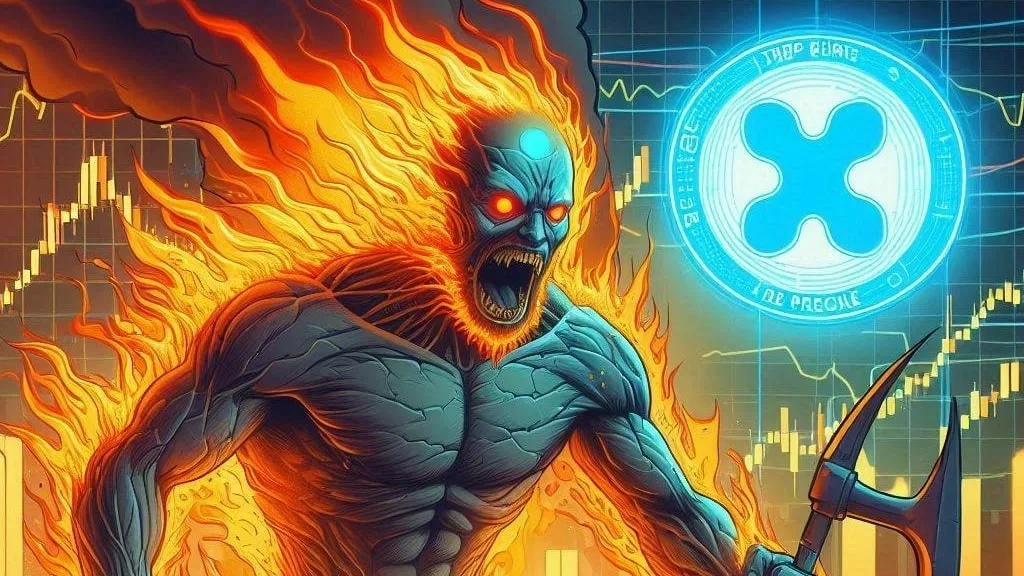
Bitcoin, the leading cryptocurrency, is currently experiencing a phase of increased activity from US Bitcoin whales, with significant implications for its future price trajectory. As of July 11, 2024, Bitcoin is trading at $58,094, down 1.05% from the previous day, and its market capitalization stands at $1.145 trillion. This price movement comes as Bitcoin whales—large holders of the cryptocurrency—are rapidly increasing their holdings. But amidst this accumulation, on-chain metrics suggest potential risks that could influence whether Bitcoin will soon rise to $65,000 or fall to $50,000.
Over the past week, US Bitcoin whales have shown a significant increase in their accumulation efforts. This trend is evident through the substantial net inflows into Bitcoin spot ETFs, which have surged as whales seize the opportunity to buy more BTC at current prices.
This aggressive accumulation strategy by whales suggests a strong belief in Bitcoin’s future potential, despite the current market downturn. Historically, whale behavior can be a significant indicator of future price movements, reflecting either confidence in an upcoming rally or a strategy to accumulate assets at lower prices during market corrections.
The increased buying by whales is often seen as a bullish sign for the cryptocurrency market. However, it is essential to analyze how this activity aligns with broader market trends and on-chain data to predict future price movements.
According to CryptoQuant, the Profit and Loss (P&L) index is currently near its 365-day moving average, a critical level historically associated with major market corrections or the beginnings of bear markets.
CryptoQuant’s data highlights that if the P&L index crosses below this moving average, it could indicate the onset of a substantial market correction, reminiscent of past downturns.
Additionally, the Bull and Bear Market Cycle Indicator is nearing a critical threshold. Historically, when this indicator crosses below certain levels, it has preceded significant market corrections or the start of new bear markets.
These on-chain metrics suggest that while whales are buying, there are underlying risks that could lead to a bearish trend for Bitcoin in the near future.
The German government’s ongoing regulatory actions are also affecting Bitcoin’s price. Reports indicate that recent regulatory measures from Germany are contributing to selling pressure in the market, which contrasts with the whale accumulation efforts.
Another crucial factor is the supply of Tether (USDT), a stablecoin that often drives liquidity in the crypto market. According to CryptoQuant, the growth of USDT’s market capitalization has stalled, which is a negative signal for potential market rallies.
Historically, increases in USDT supply have been linked to Bitcoin price rallies, so the current stagnation in USDT growth could hinder Bitcoin’s ability to rise.
From a technical standpoint, Bitcoin is facing short-term resistance at the $59,000 level, marked by the 200-day simple moving average. This resistance must be overcome for Bitcoin to continue its upward trajectory.
Benjamin Cowen, founder of the “Into The Cryptoverse” newsletter, highlights that Bitcoin’s price needs to break through this resistance to avoid further declines.
The key question for investors is whether Bitcoin will reach $65,000 or fall to $50,000. The current market conditions suggest two main scenarios:
As Bitcoin whales continue their accumulation strategies, the cryptocurrency market finds itself at a crossroads. The current on-chain metrics and external factors present a mixed picture for Bitcoin’s short-term future. Here’s a summary of what to watch for:


Get the latest Crypto & Blockchain News in your inbox.